
About the Diabetes Prevention Program
Table of Contents
What is the Diabetes Prevention Program?
You’re thinking about making healthy changes to prevent type 2 diabetes. The Diabetes Prevention Program, or PreventT2, is a CDC-recognized diabetes prevention lifestyle change program can help you build healthy new habits that last a lifetime. When you join a lifestyle change program, you’ll learn, laugh, share stories, try new things, and build new habits—all while lowering your risk of type 2 diabetes and improving your health.
Working together to prevent type 2 diabetes
The yearlong lifestyle change program is a structured program—offered in-person or online—developed specifically to prevent type 2 diabetes. It is designed for people who have prediabetes or are at risk for type 2 diabetes, but who do not already have diabetes.
Lifelong lifestyle changes
A trained lifestyle coach leads the program to help you change certain aspects of your lifestyle, like eating healthier, reducing stress, and getting more physical activity. The program also includes group support from others who share your goals and struggles.
This lifestyle change program is not a fad diet or an exercise class. And it’s not a quick fix. It’s a year-long program focused on long-term changes and lasting results.
A year might sound like a long commitment, but learning new habits, gaining new skills, and building confidence take time. As you begin to eat better and become more active, you’ll notice changes in how you feel, and maybe even in how you look.
Can I prevent type 2 diabetes?
The good news is that you can reduce your risk for developing type 2 diabetes, and you do not have to do it alone. Our Diabetes Prevention Program can help you take charge of your health to prevent or delay type 2 diabetes. Read on for more information about prediabetes, type 2 diabetes, and to determine your risk.
PREDIABETES: Could it be you?
What is prediabetes?
Before diabetes is diagnosed, most adults have prediabetes, which is an elevated amount of blood sugar. If you are one of 88 million American adults who have prediabetes, you can develop type 2 diabetes within 5 years if you don’t take steps to prevent it through a healthy diet and being physically active.

98 million American adults — more than 1 in 3 — have prediabetes
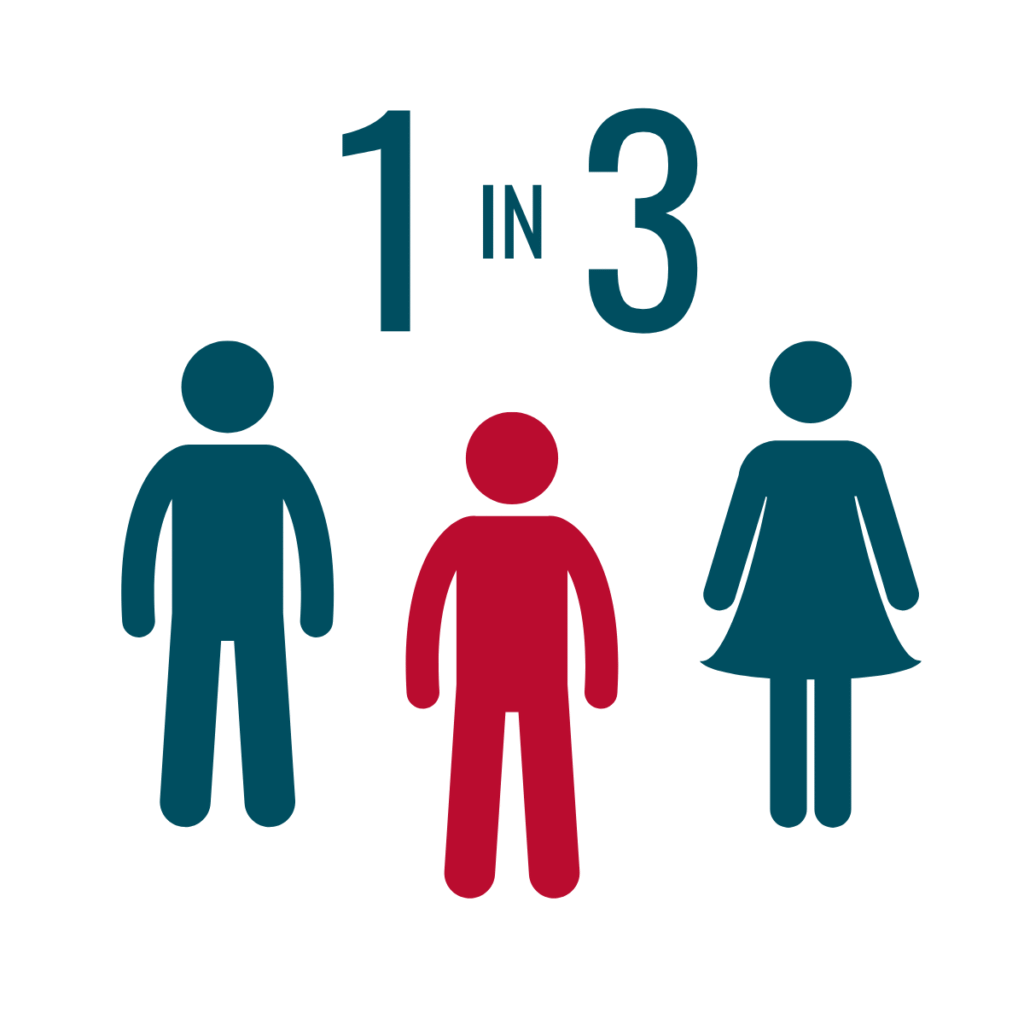
More than 8 in 10 adults with prediabetes don’t know they have it
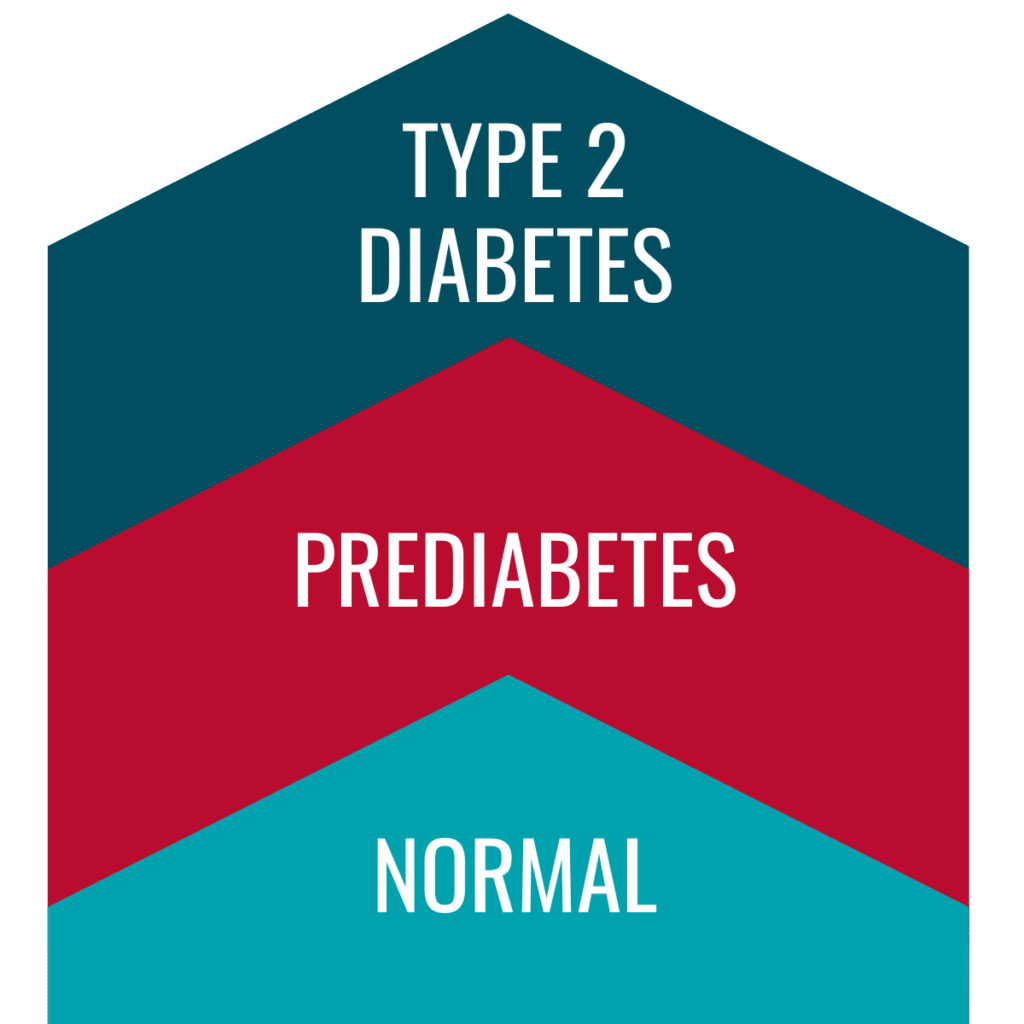
With prediabetes, your blood sugar levels are higher than normal but not high enough yet to be diagnosed as type 2 diabetes
Prediabetes increases your risk of:
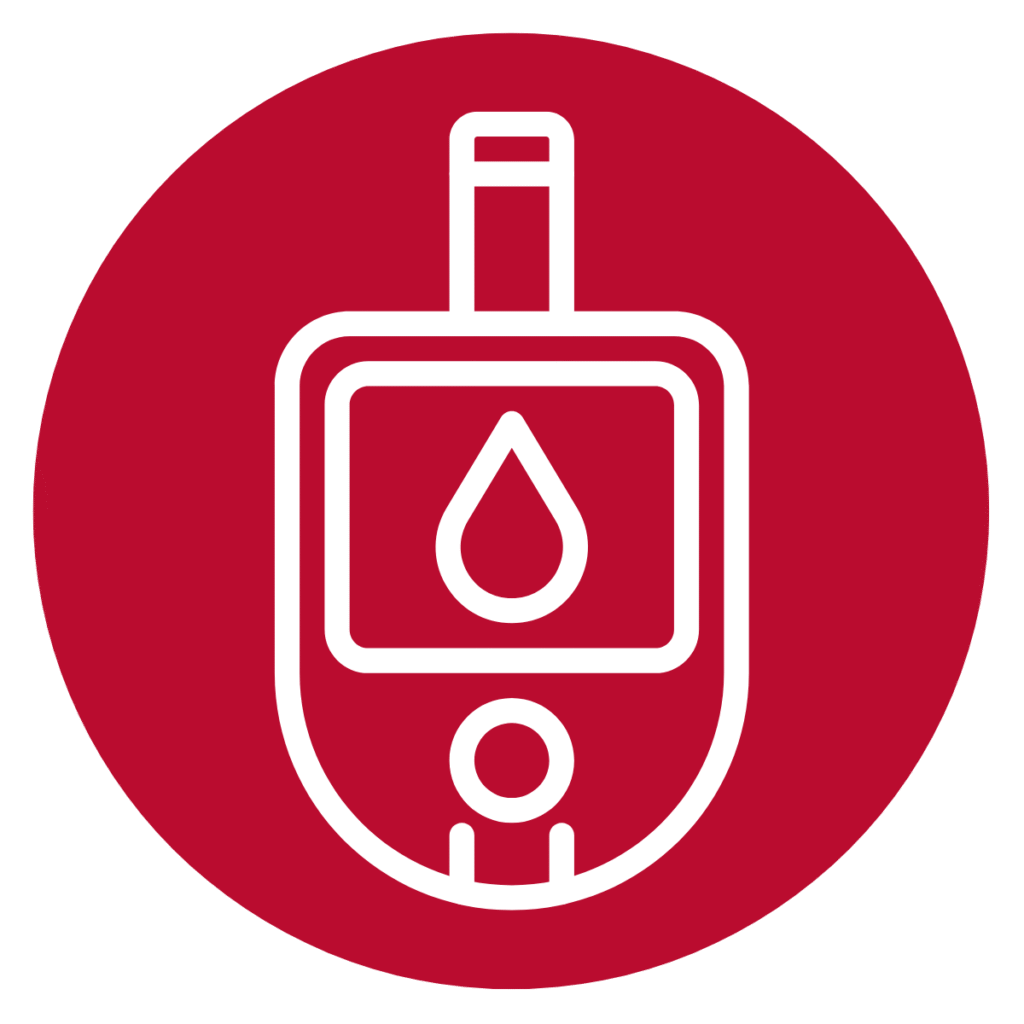
TYPE 2 DIABETES

HEART DISEASE

STROKE

If you have prediabetes, losing weight by:


EATING HEALTHY
&

BEING MORE ACTIVE

can cut your risk of getting
type 2 diabetes in
HALF
What is type 2 diabetes?
Type 2 diabetes is the most common form of diabetes. It is a chronic health condition where your body doesn’t use insulin well and can’t keep blood sugar at normal levels.
If you ignore prediabetes, your risk for type 2 diabetes goes up — type 2 diabetes increases your risk for serious health complications:

BLINDNESS
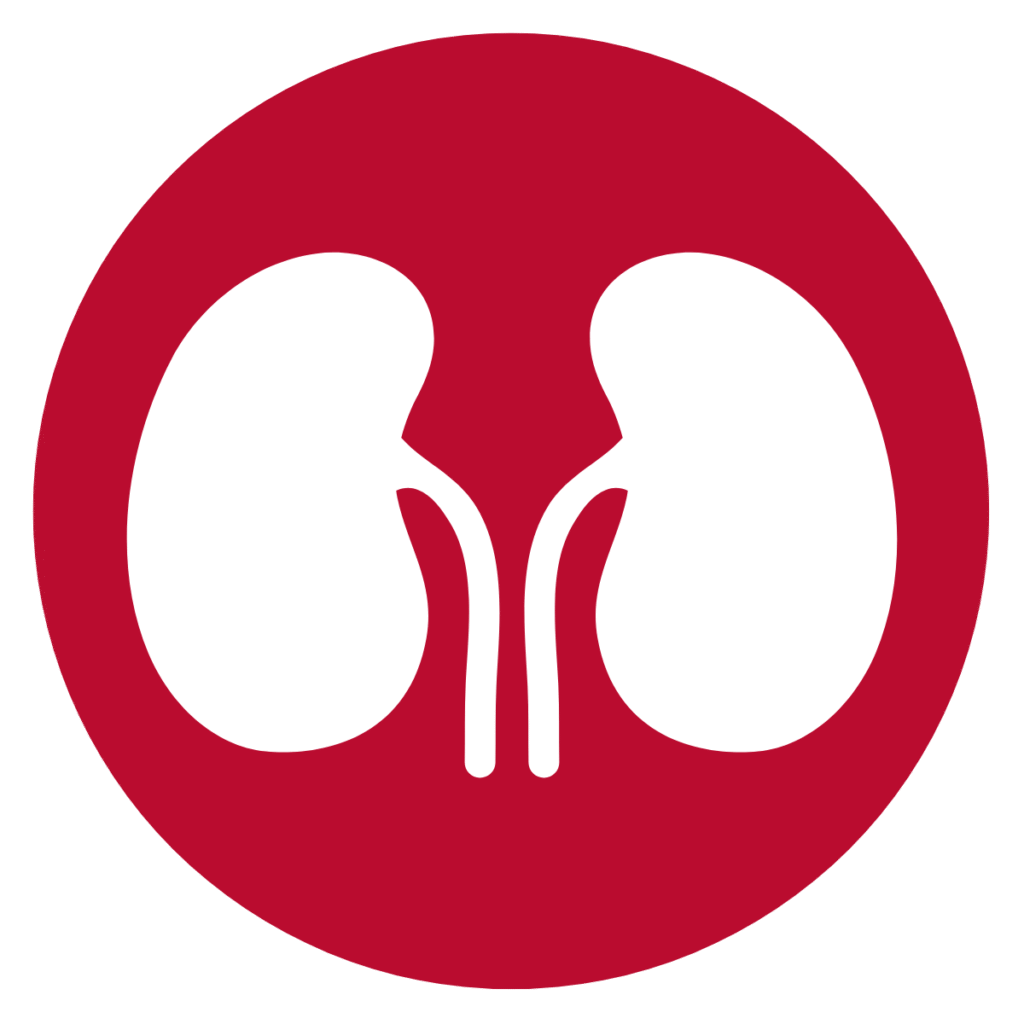
KIDNEY FAILURE

HEART DISEASE

STROKE

LOSS OF TOES, FEET, OR LEGS
YOU CAN PREVENT TYPE 2 DIABETES
FIND OUT IF YOU HAVE PREDIABETES —
See your doctor to get your blood sugar tested


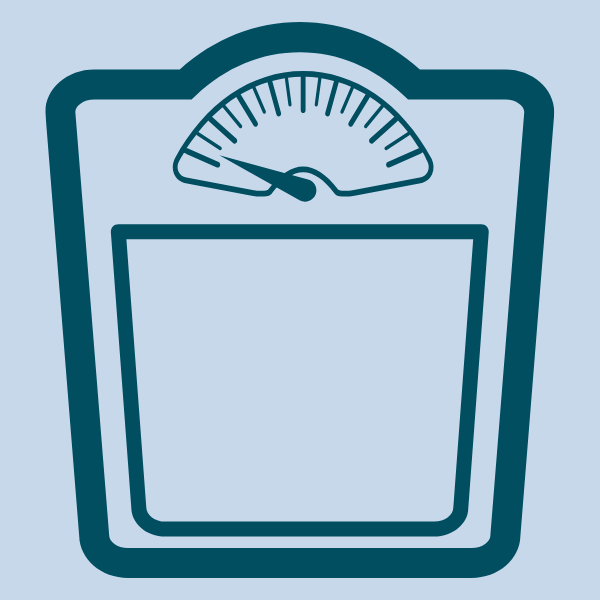
- eat healthy
- be more active
- lose weight
JOIN A CDC-RECOGNIZED
diabetes
prevention
program
Am I at risk?
You are at increased risk for developing prediabetes and type 2 diabetes if you:
- Are 45 years of age or older
- Have a BMI of 25 or greater
- Have a family history of type 2 diabetes
- Do not exercise
- Have a history of diabetes during pregnancy (gestational diabetes)
CDC’s Prediabetes Risk Test
Determine your risk. Take the Centers for Disease Control and Prevention’s Prediabetes Risk Test to see if you are at risk for developing prediabetes or type 2 diabetes.